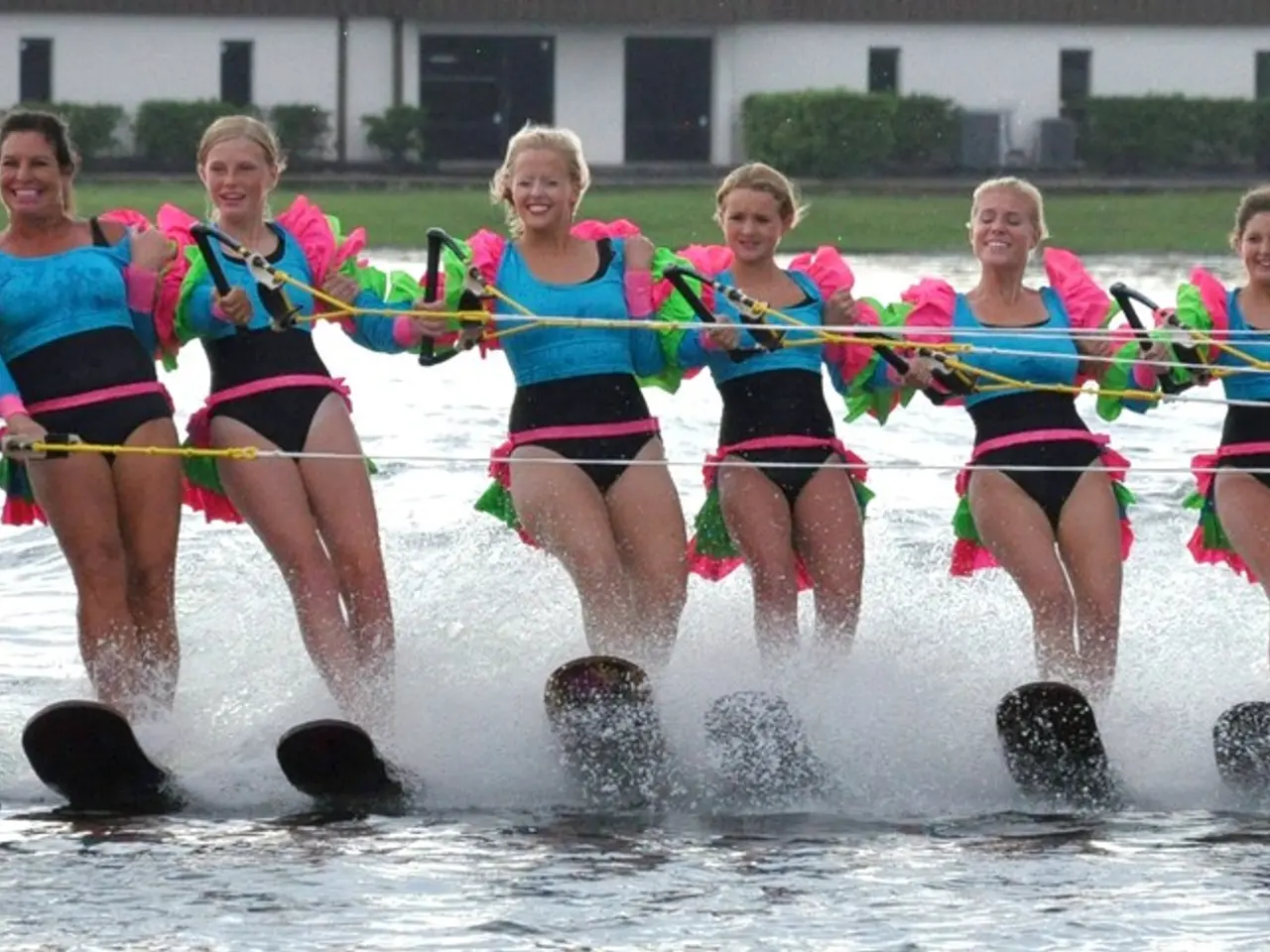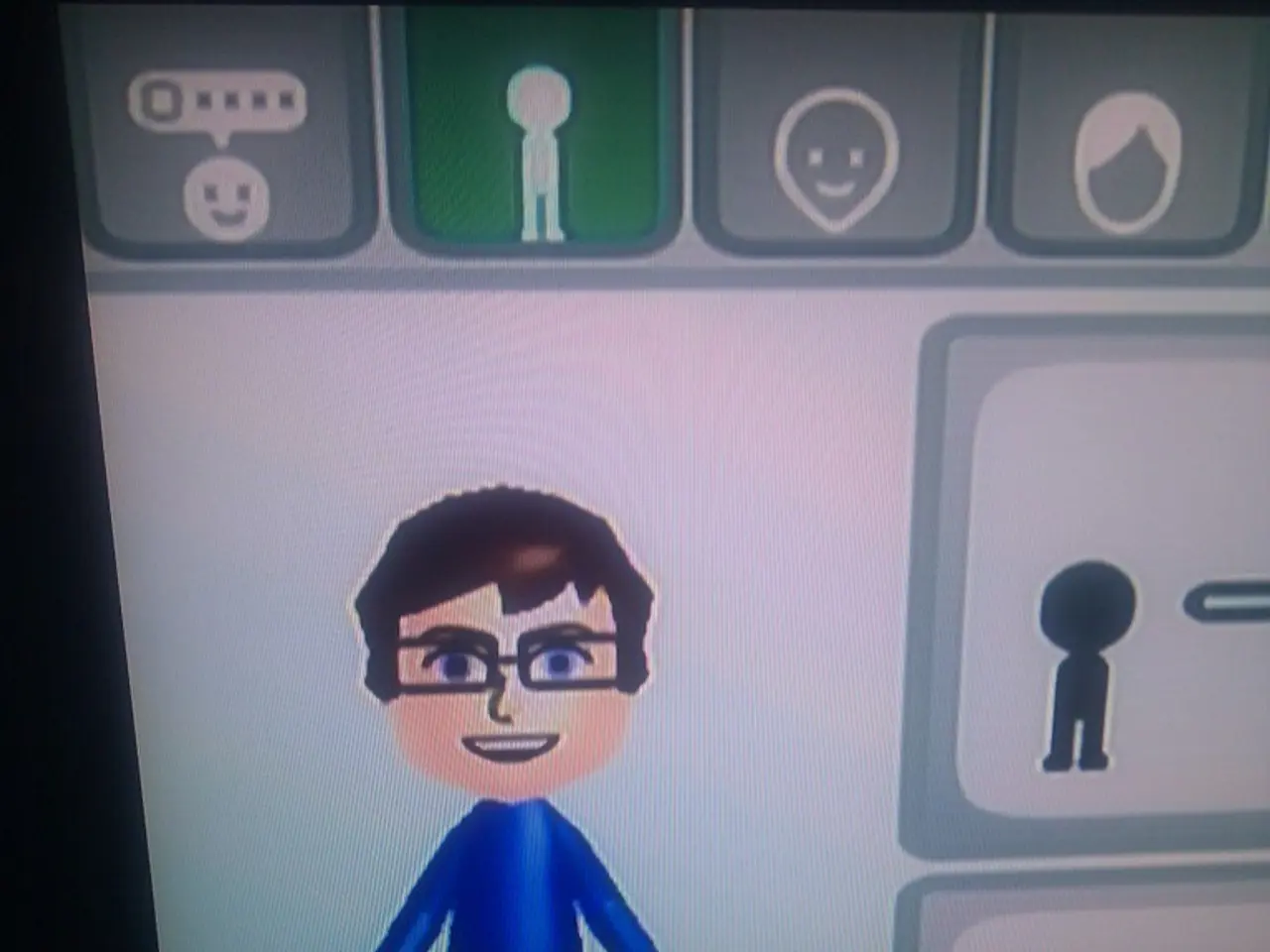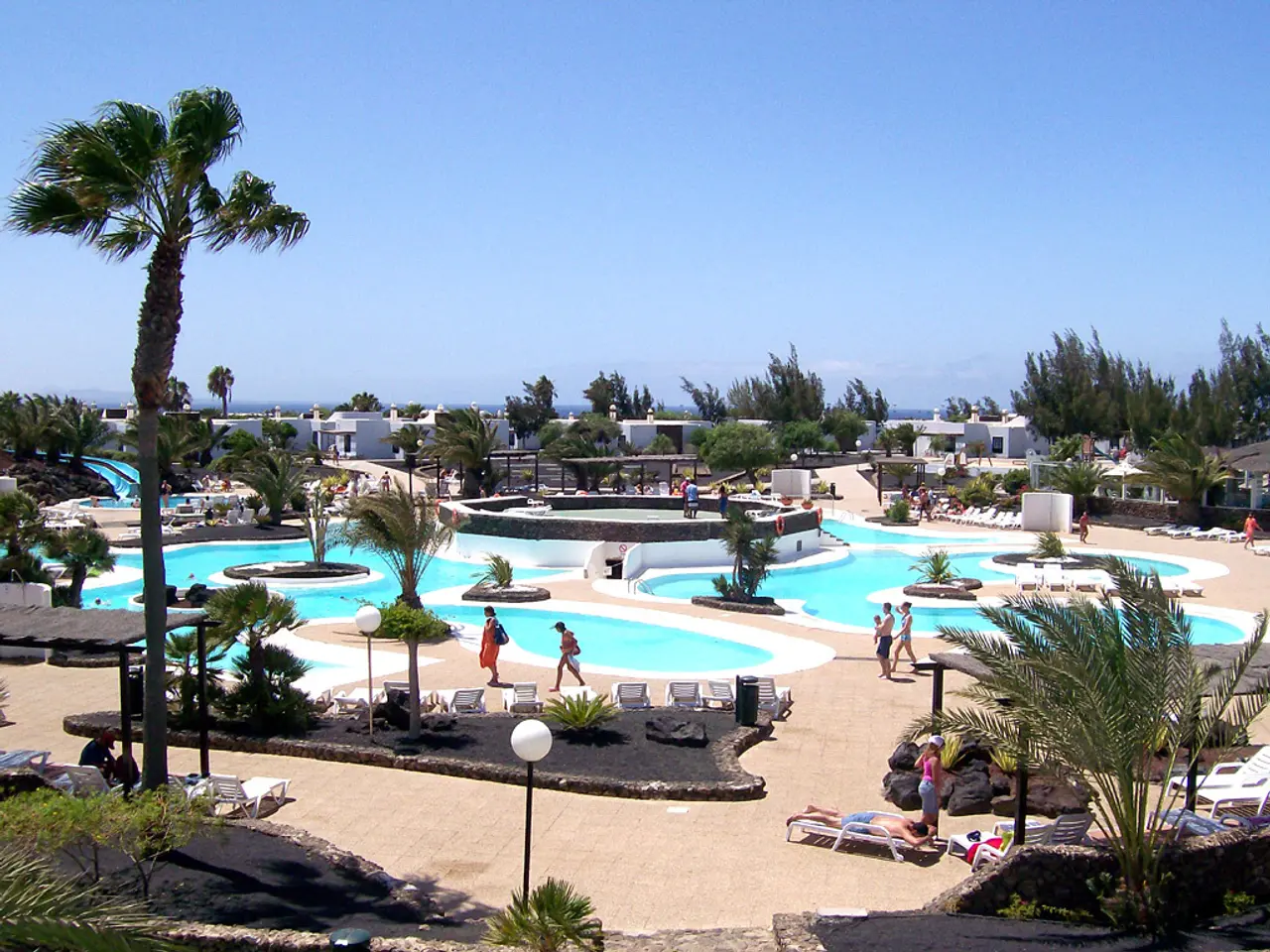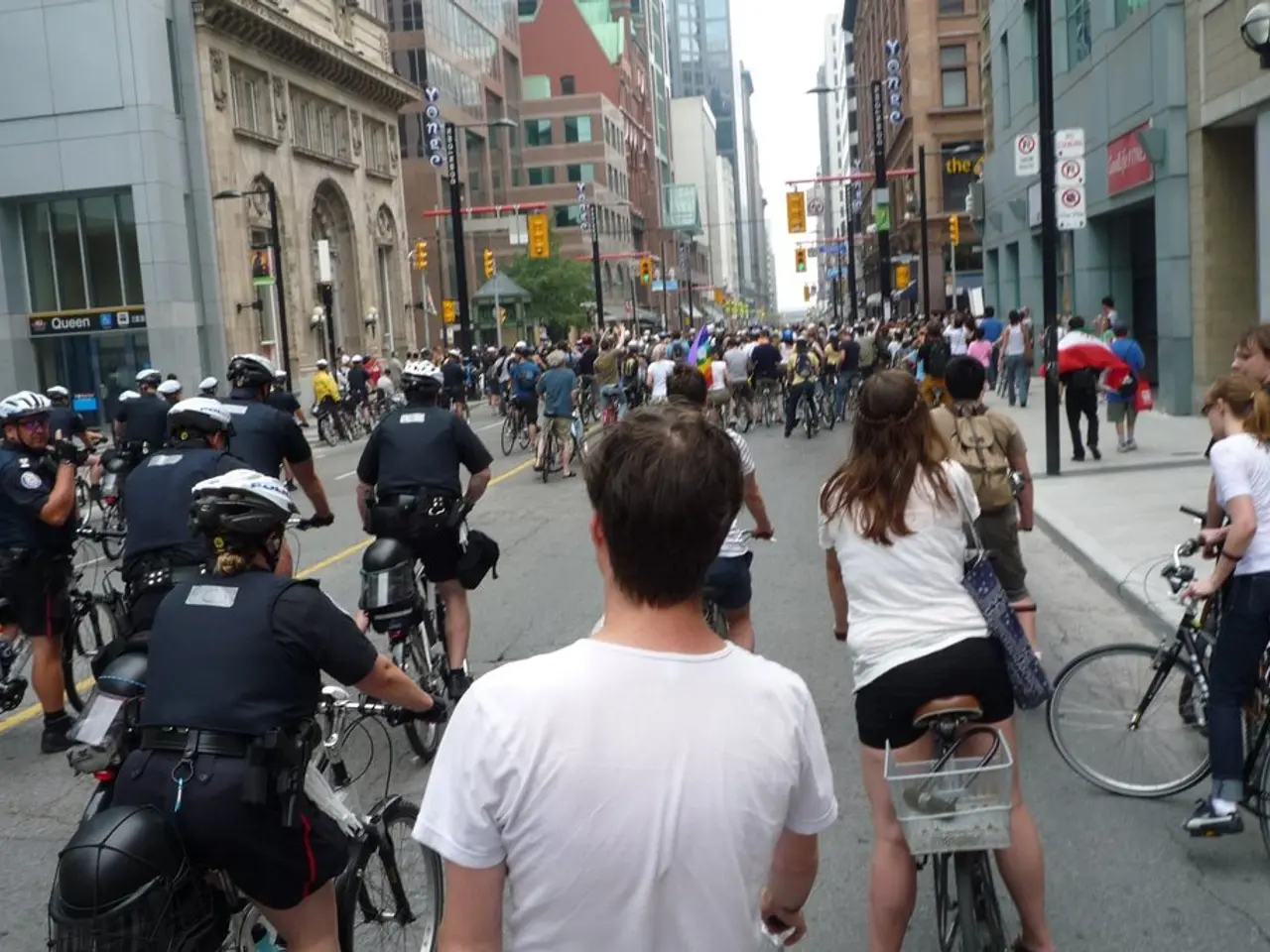Northeastern females draw to the thrill of winter surfing
In the realm of winter sports, surfing has traditionally been a male-dominated field. However, a steady tide of change is sweeping across the global surfing community, with women surfers making significant strides in representation and participation, particularly in winter surfing.
Women surfers often describe the sport as a form of therapy, church, sanctuary, meditation, or outlet. This personal connection to the waves is driving a surge in female participation, as more women discover the transformative power of surfing in their lives.
On the East Coast, the Eastern Surfing Association (ESA) has observed an uptick in interest among women, although the organisation does not formally track gender representation. Notable figures like Lee "Gidget" Ferrera, a past winner at ESA's annual Mid-Winter Championships, have been fixtures in the local surf scene for years.
Advocacy groups like Surf Equity are pushing for greater inclusion in competitive winter big-wave surfing events, such as the Mavericks, where no women competed for many years despite interest and talent. These efforts have led to new women-only heats being scheduled for winter surf events, reflecting a gradual shift towards equity.
Simultaneously, grassroots participation and community-driven events have rapidly increased women's engagement in winter surfing overall. Events like "Seas The Day" in Australia, the world's largest female participation surf festival, have attracted record-breaking numbers of women surfers across all ages.
Nonprofit organisations worldwide are also fostering women's surfing by providing safe spaces, coaching, retreats, and community support. These initiatives are helping to overcome historical intimidation in male-dominated line-ups and encouraging more women to surf regularly and confidently.
In Maine, Tess Jacquez and Kate Strait run Ladies Slide, a popular summer surf instruction and ride group, through Maine Surfers Union. Most participants in Ladies Slide are in their 20s and 30s, but teens and older women are also flocking to sign up. Jacquez, a 31-year-old from Portland who works in solar energy and as a part-time surf instructor, surfs in the winter along with her friends Greta, Caitlin, Molly, and many others.
Ladies Slide has taught over 300 women to surf over the past six years, with the numbers growing exponentially every year. The sport has become a consistent source of joy for many women, providing a sanctuary and outlet, especially during challenging times such as divorce, loss, and cancer treatment, as exemplified by Lee "Gidget" Ferrera.
Winter surfing is not without its challenges. Wetsuits, gloves, and boots are designed to trap body heat and keep the surfer warm, but the cold seas can still be daunting. Instructors caution that winter surfing is still an extreme sport and not for the faint of heart.
However, the number of surfers in the water can grow significantly in a matter of minutes during winter, as more women make time for their passion despite other commitments. Many people turned to surfing during the COVID-19 pandemic as an outdoor and physically distanced activity, further fuelling the growth of women's winter surfing.
Tricia Pan's surf shop, Narragansett Surf & Skate in Narragansett, R.I., is located close to some of the best spots for winter waves in New England. As the winter season approaches, surfers like Ashley Gunn, a 34-year-old nonprofit professional and AMC member from Boston, are gearing up for another season of waves.
In summary, while competitive winter big-wave surfing has been slow to include women, advocacy and policy changes are driving progress. Concurrently, grassroots participation and community-driven events have rapidly increased women's engagement in winter surfing overall, signalling significant growth and evolving culture over the years.
- Women surfers employ terms like therapy, church, sanctuary, meditation, and outlet to describe their connection with winter surfing, sparking increased female participation.
- Advocacy groups such as Surf Equity are advocating for inclusivity in competitive winter big-wave surfing events, like the Mavericks, where female representation has been limited.
- Nonprofit organizations worldwide are supporting women's surfing through safe spaces, coaching, retreats, and community connections, overcoming intimidation in male-dominated line-ups.
- Tess Jacquez and Kate Strait run Ladies Slide, a popular surf instruction and ride group in Maine, attracting women of all ages and fostering a sense of community and joy among surfers.
- During winter, women surfers brave the cold seas, dressed in wetsuits, gloves, and boots, with some discovering the sport during the COVID-19 pandemic as an outdoor and physically distanced activity.




